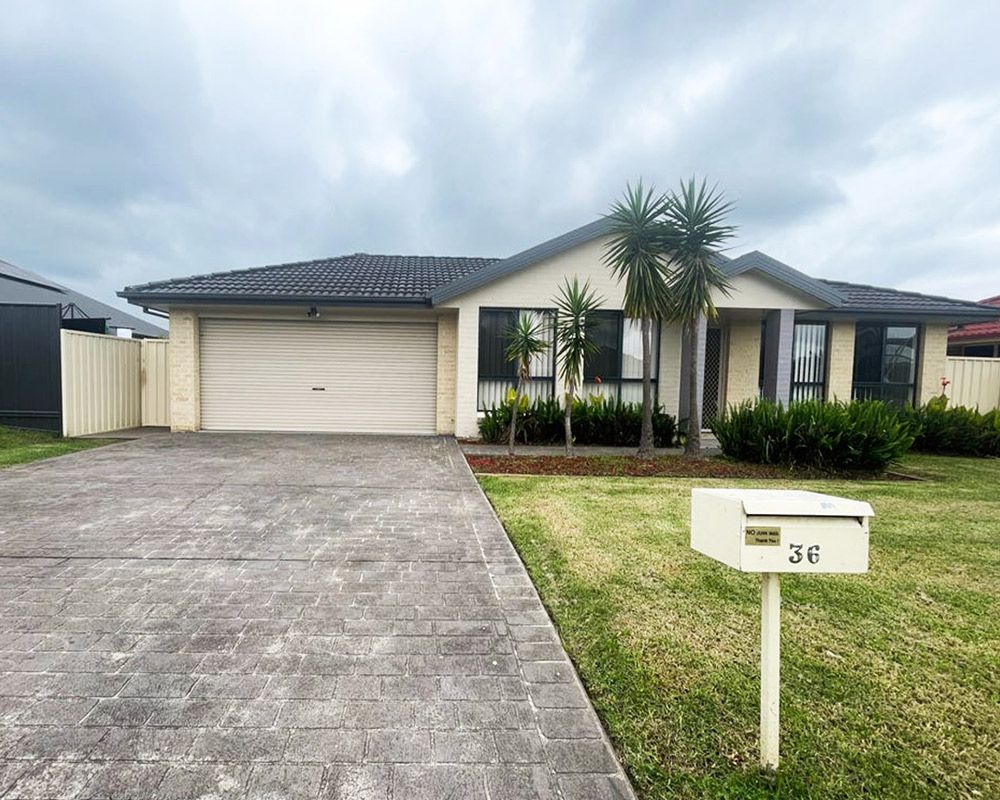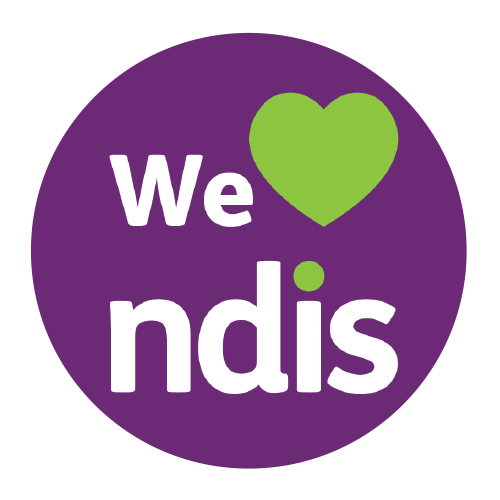Supported Independent Living
Supported Independent Living – The Freedom to live an authentic life in the home you have dreamed of.

What is Supported Independent Living?
Support Independent Living (SIL) is a form of community living in a shared house, with 24/7 assistance from Support Workers. The aim of SIL is to allow an individual who may have struggles living completely independently or lack support to be able to live a normal life, that incorporates all aspects of a person’s well-being and maintaining the feeling of ownership and ultimately empowerment over their lives; whilst still having assistance in areas that they may struggle in. Residents are screened to ensure harmony within the household, allowing you to form safe bonds and friendships where there is mutual respect and care for each other.
Ultimately the goal of SIL is to allow an individual the freedom to live in a modern, comfortable, and safe environment, that you can call Home and experience the freedom to do and explore the things that affirm your independence, individuality and ultimately ensure your health and happiness are supported within a secure homely environment.
Services in Supported Independent Living
The type of services that you will find in an SIL environment include items like:
- Assistance with Personal Care
- Goal Setting and Life Skills – such as cooking, cleaning, laundry.
- Assistance with budgets and household maintenance.
- Encouragement of social interaction and forming bonds within the house.
- Assistance with transport to appointments, shopping, and excursions that enable you to be a part of the community you live in and find hobbies that you enjoy.
- Inclusion of family and friends, who can visit you and be included in a way that is stress-free and ultimately enjoyable and fulfilling.
- 24/7 Emergency support and contacts for your conditions.
Supported Independent Living is an area of assistance that the National Disability Insurance Scheme (NDIS) advocates and provides support for. For information on how the NDIS helps participants with Supported Independent Living, please visit the NDIS website:
NDIS Supported Independent Living Information Pack
Health Staff Australia is proud to announce the opening of our first Supported Independent Living facility located
In Worrigee, Shoalhaven NSW.
For more information on the facility or any questions you may have about SIL support, please contact:





